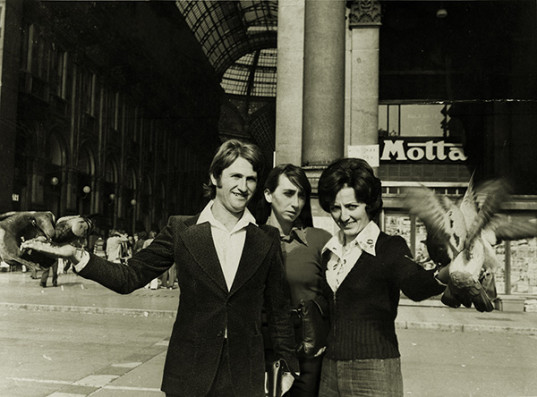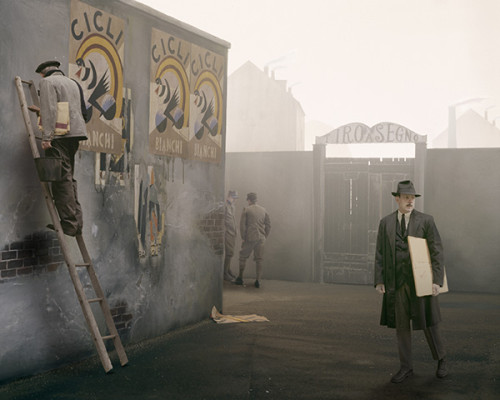Passaggi
Olivo Barbieri Gabriele Basilico Antonio Biasiucci Luca Campigotto Silvia Camporesi Mario Cresci Ugo Mulas Alice Pavesi Fiori Paolo Pellegrin Francesco Radino Moira Ricci Paolo Ventura
The inaugural exhibition, curated by Giovanna Calvenzi, is called Passaggi and from the 17th of May to the 28th of September (extended until October 2nd) aims to investigate, through the work of twelve photographers exposed in five large rooms, the theme of discontinuity, of need for change in language or of vision, which is distinctive in each work produced.
The idea, which is distinctive of humanistic photography and of part of the reportage culture, of an author who never changes and remains always identical in his photograph developing a recognizable style which describes in a unique way reality, is in contrast with conceptual photography in which there is the need for renewal, the expression of transition and sometimes of crisis, the exceeding of previous models and the use of new technologies.
The displayed photographs give evidence of the radical changes occurred with respect to previous experiences, of variations in the vision, of colour migrations, of a shift from an interpretation of reality to a manipulation of it or even changes in the daily life of the author expressed through photography: it is a vast overview, which aims to stimulate the visitor into understanding of different ways of creation, of image processing and of the artistic development of each artist.
Following this idea, in the exhibition each author – Olivo Barbieri, Gabriele Basilico, Antonio Biasiucci, Luca Campigotto, Silvia Camporesi, Mario Cresci, Ugo Mulas, Alice Pavesi, Paolo Pellegrin, Francis Radino, Moira Ricci, Paolo Ventura – presents two different series, in which the the ‘transition’ from one to the other describes the desire of conceptual photography of positioning each time differently with respect to itself and its subjects.
This transition is can be seen comparing Ugo Mulas’ series of photos, dedicated to Marcel Duchamp, that depict the history of New York (1964-1965) and still-life of Arnaldo Pomodoro’s jewellery creations on a woman’s body (1968). The transition can also be perceived in all the other works displayed: Mario Cresci is on display with three series (1964, 1975-2011, 2013) that investigate, each from a different point of view, the relationship between the representation of reality and abstract images; Gabriele Basilico presents the opposition between the impressive cityscapes of Shanghai (2010) and the single building and to the silence of the deserted halls of La Biennale di Venezia (2012); Francesco Radino displays a work whose main feature is the powerful and monumental vision of turbine power plants (1984) and one which portrays an intimate Japan seen through the eyes of an European (1999); Olivo Barbieri exhibits his famous aerial views in which real locations look like plastic models (2007) and some metropolitan views which contain post graphic features (2011); Paolo Pellegrin exposes two different series in both cases Japanese, one that depict trees that trace the sky and the other passers-by that emerge from the darkness (2010); Antonio Biasucci presents a series that focuses on the home interiors of farmers living in Caserta (1982-1985) and one dedicated to the whirling kneading of bread dough (1990-1991); Luca Campigotto presents in his work the opposition between the dark views of the Port of Marghera (1996) and the coloured Chicago-Gotham City (2007); Paolo Ventura presents on one hand the unnatural realism of the reconstruction of the American Civil War (2010) and on the other self-portraits set in rarefied and full of pictorial references urban spaces (2011); Silvia Camporesi displays a series of self-portraits that have the Thirties’s aesthetics and feeling ( 2006) and the surreal and alienating visions of the Venetian lagoon (2011); Moira Ricci presents pre-and post-photographic manipulations of reality both in her domestic and loved theatres (2001) and in the self-representation of her fictional and painful memories (2004-2013); Alice Pavesi with a different approach, yet similar in the construction of the image, opposes the suffered white and black photographs in which she depicts Ethiopian women who have suffered violence (2009) with fashion shots carried out in a sought and simple environment (2012).
Passaggi also offers a view of the evolution of the photography culture in which the links, the cross-reference and the transitions are not only present internally between the two series exposed by each author, but also in connection to the different experiences on display, describing a lively and non-linear path of Italian photography that touches the past, the present and yet not predictable perspectives.
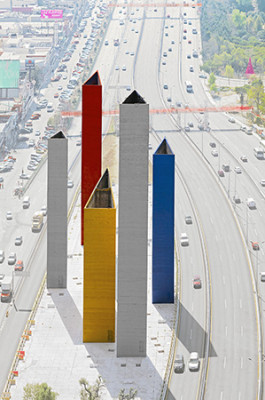
cm 164 x 111
Edition 1 of 6
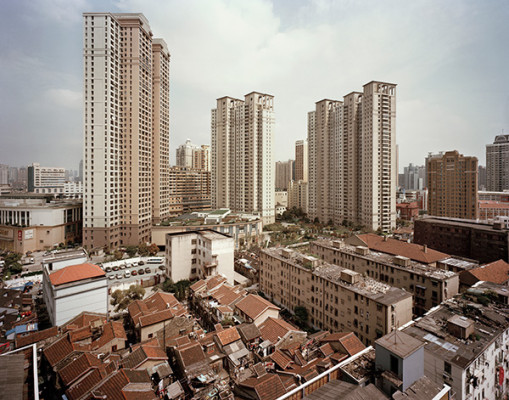
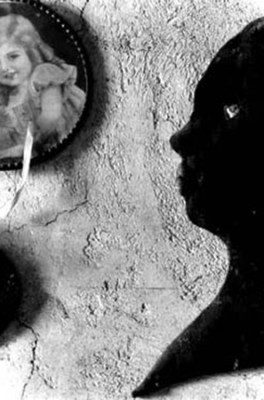
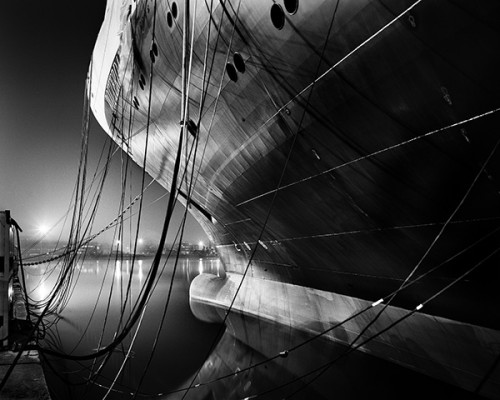
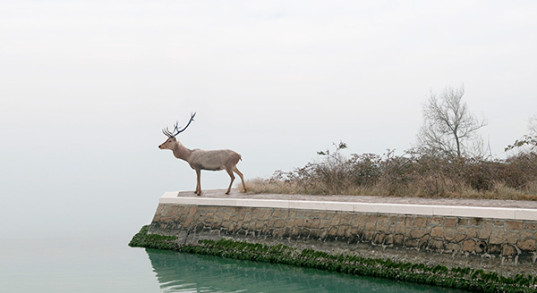
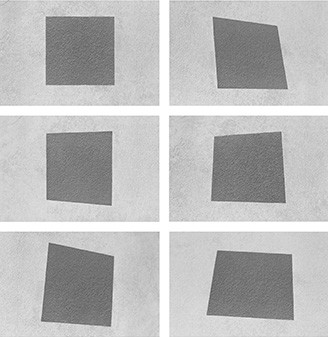
Venezia 1964 - new print Bergamo 2007Archival Pigment Print
6 prints, cm 40 x 30
Edition 1 of 5 + 2 PdA
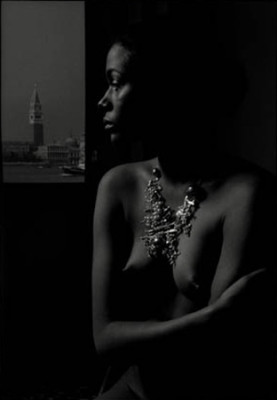
cm 50 x 40 (paper size)
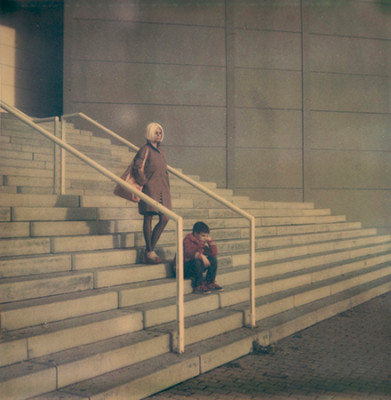
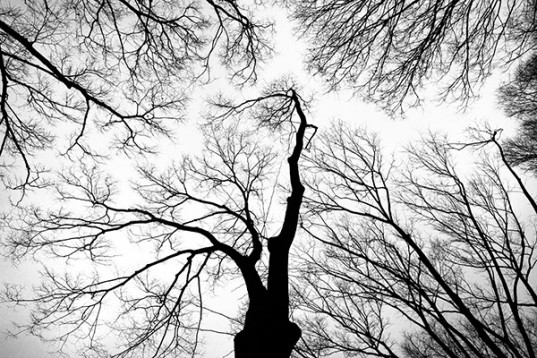
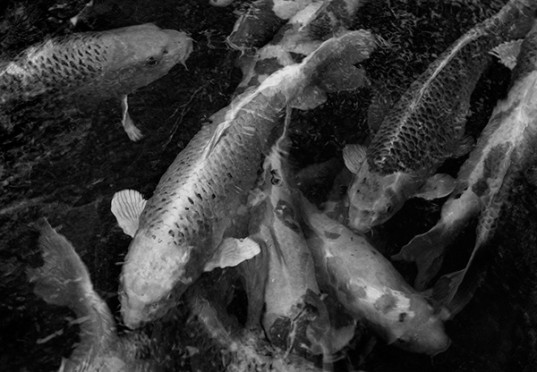
cm 55 x 80
Edition 3 of 5
